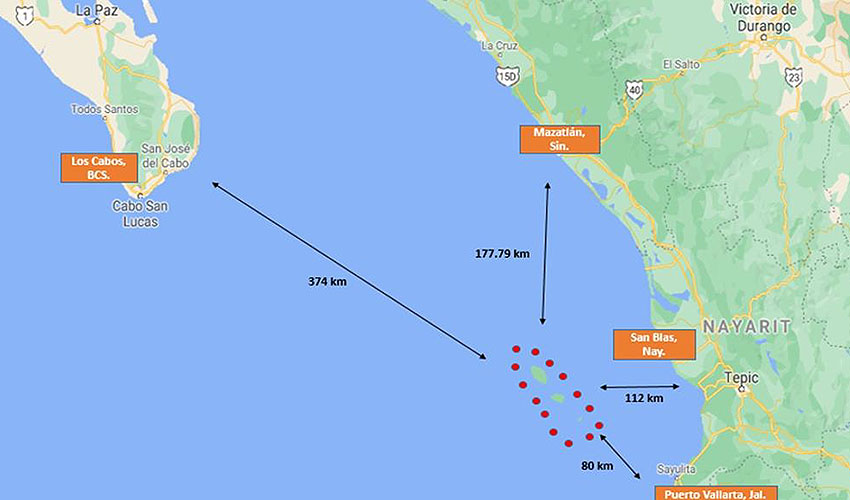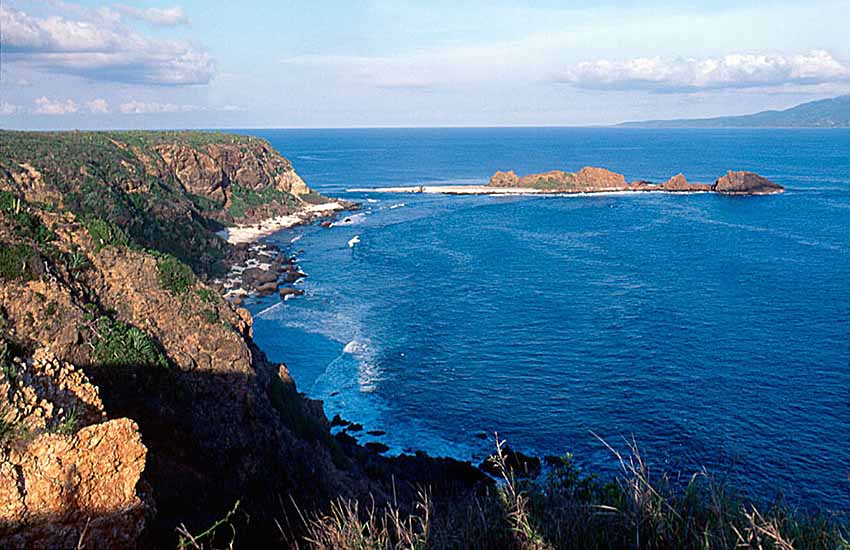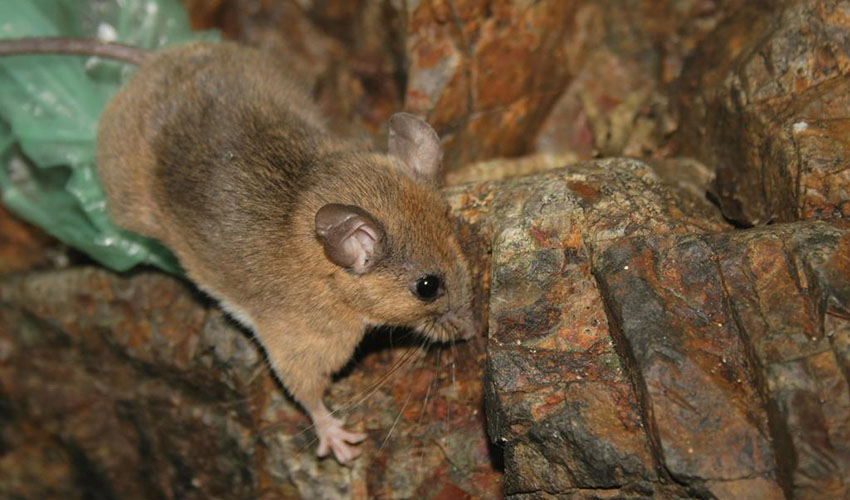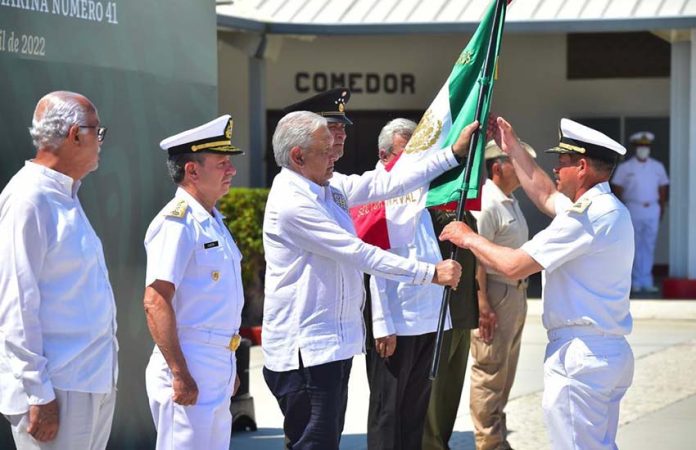María Madre Island, a small island 112 kilometers off the coast of Nayarit that housed a penal colony for more than 100 years, is on its way to becoming a tourist destination and will be managed by the Ministry of the Navy (Semar).
The Ministry of Finance and Public Credit (SHCP) publicly announced last week the creation of a majority state-owned company called Turística Integral Islas Marías S.A. de C.V — which becomes the first state company of the seven created during the administration of President López Obrador to be run by the armed forces.
“It will carry out all the necessary actions for the provision of tourist services considered to have low environmental impact,” SHCP said in a report published in the Official Gazette of the Federation. “[Semar] will also obtain … concessions, permits, licenses, authorizations and, in general, execute all the necessary acts” to make the island a tourist destination.
The island prison was well-known by Mexicans and part of popular culture, including in the 1951 Mexican film “Las Islas Marías,” starring the iconic singer Pedro Infante and still viewable on streaming services and YouTube. There was also a 2015 novel by Martin Luis Guzman about an attempted mutiny and escape from the island prison titled Islas Marías.

An initial amount of 1 million pesos (US $49,184) is being made available from the federal government to start the project, after which it will subsist by generating its own income, according to reports.
María Madre Island, the largest island in the Islas Marías Archipelago, served as a prison complex starting in 1905. But in early 2019, the storied penitentiary was closed by presidential decree with the aim of using the area for tourism and environmental development.
The Environment Ministry (Semarnat) and the Tourism Ministry (Sectur) have been working on the project for a year, but last week’s announcement formalized the leadership role for the navy.
López Obrador visited the area in March 2021, traveling by boat from San Blas, Nayarit. During that voyage, the president explained that the navy ship on which he was being transported could carry as many as 170 passengers and later would be fully converted into a tourist ferry.

Made up of four main islands, and five tiny ones sometimes called “rocks,” the archipelago has largely been uninhabited except for the prison on María Madre Island. Part of the municipality of San Blas, the islands are about 325 kilometers from the tip of the Baja California peninsula.
They are known as the “Tres Marías” islands because three of them were named after women named Mary in the New Testament: Isla María Madre is the largest at 14,5000 hectares, followed by Isla María Magdalena (7,050 hectares) and Isla María Cleofas (2,000 hectares). The even smaller San Juanito (900 hectares) is the fourth main islet.
Diego Hurtado de Mendoza (a cousin of Hernán Cortés) was said to be the first European who landed on the islands, in 1532; he named them and reported no evidence of any prior habitation. Several hundred years later, a penitentiary was built there.
When López Obrador announced its closure, he said the main buildings would be converted into a cultural and environmental education center to be named after José Revueltas, the prison’s most famous inmate.

While incarcerated there, the progressive Mexican writer and prisoner penned his first book, Los Muros de Agua (The Walls of Water), which was published in 1941.
The Islas Marías federal prison housed as many as 45,000 prisoners who could live in semi-liberty and work in companies installed on the island; many engaged in agriculture, farming and fishing. Unlike harsh penal colonies such as France’s Devil’s Island, this was a “prison without walls” that housed mostly low-risk prisoners — and some were even allowed to live with their families.
The Tres Marías Islands — part grasslands, part tropical forest with a mean temperature of 84–89 degrees Fahrenheit year-round and occasional tropical storms and hurricanes — were designated a UNESCO biosphere reserve in 2010, which gave it new protections. Home to a diverse array of flora and fauna, including raccoons, cottontail rabbits and Amazon parrots, it has about 54 species there reportedly in some category of risk.
Since the prison’s closure, researchers have found 21 species of sharks, 10 kinds of rays, three species of sea turtles and healthy coral reefs and many sea birds that nest and feed there.

Visitors will be able to tour the former jail in the main area of Puerto Balleto, where there is a lighthouse, a bit of infrastructure and a few residents, but as of now, there are no plans to allow overnight stays. The most likely departure points for tours will be San Blas, Nayarit; Puerto Vallarta, Jalisco; and Mazatlán, Sinaloa. The boat trip will take four to six hours depending on the vessel.
With reports from Latinus, El Pais and Vallarta Adventures
